We all might as well shave a billygoat’s taint follicles and use them to make fake mustaches so that we can pretend that we are Chuck Norris at the nightclub so we can pick up the ladies cuz discussing things in this forum is like driving blind down a steep mountain while a rabid monkey attempts to strangle you to death .

By Sportsbook
- 1xBet Promo Code
- 888sport Promo Code
- bet365 Bonus Code
- BET99 Promo Code
- BetMGM Bonus Code
- BetRivers Bonus Code
- Betway Bonus Code
- Borgata Promo Code
- Caesars Sportsbook Promo
- DraftKings Promo Code
- ESPN BET Promo Code
- Fanatics Sportsbook Promo
- FanDuel Promo Code
- Hard Rock Bet Promo Code
- NorthStar Bets Promo Code
- Sports Interaction Promo
- Stake Promo Code
- TonyBet Promo Code
By Region
- Arkansas Promos
- Arizona Promos
- Colorado Promos
- Connecticut Promos
- DC Promos
- Illinois Promos
- Indiana Promos
- Iowa Promos
- Kansas Promos
- Kentucky Promos
- Louisiana Promos
- Maine Promos
- Maryland Promos
- Massachusetts Promos
- Michigan Promos
- Missouri Promos
- New Jersey Promos
- New York Promos
- North Carolina Promos
- Ohio Promos
- Pennsylvania Promos
- Tennessee Promos
- Vermont Promos
- Virginia Promos
- West Virginia Promos
- Wyoming Promos
Legal States
- US Legal Tracker
- Revenue Tracker
- Arizona
- Arkansas
- California
- Colorado
- Connecticut
- DC
- Florida
- Georgia
- Illinois
- Indiana
- Iowa
- Kansas
- Kentucky
- Louisiana
- Maine
- Maryland
- Massachusetts
- Michigan
- Mississippi
- Missouri
- Nevada
- New Hampshire
- New Jersey
- New York
- North Carolina
- Ohio
- Oregon
- Pennsylvania
- Tennessee
- Texas
- Vermont
- Virginia
- West Virginia
- Wyoming
By Sportsbook
- 1xBet Promo Code
- 888sport Promo Code
- bet365 Bonus Code
- BET99 Promo Code
- BetMGM Bonus Code
- BetRivers Bonus Code
- Betway Bonus Code
- Borgata Promo Code
- Caesars Sportsbook Promo
- DraftKings Promo Code
- ESPN BET Promo Code
- Fanatics Sportsbook Promo
- FanDuel Promo Code
- Hard Rock Bet Promo Code
- NorthStar Bets Promo Code
- Sports Interaction Promo
- Stake Promo Code
- TonyBet Promo Code
By Region
- Arkansas Promos
- Arizona Promos
- Colorado Promos
- Connecticut Promos
- DC Promos
- Illinois Promos
- Indiana Promos
- Iowa Promos
- Kansas Promos
- Kentucky Promos
- Louisiana Promos
- Maine Promos
- Maryland Promos
- Massachusetts Promos
- Michigan Promos
- Missouri Promos
- New Jersey Promos
- New York Promos
- North Carolina Promos
- Ohio Promos
- Pennsylvania Promos
- Tennessee Promos
- Vermont Promos
- Virginia Promos
- West Virginia Promos
- Wyoming Promos




























